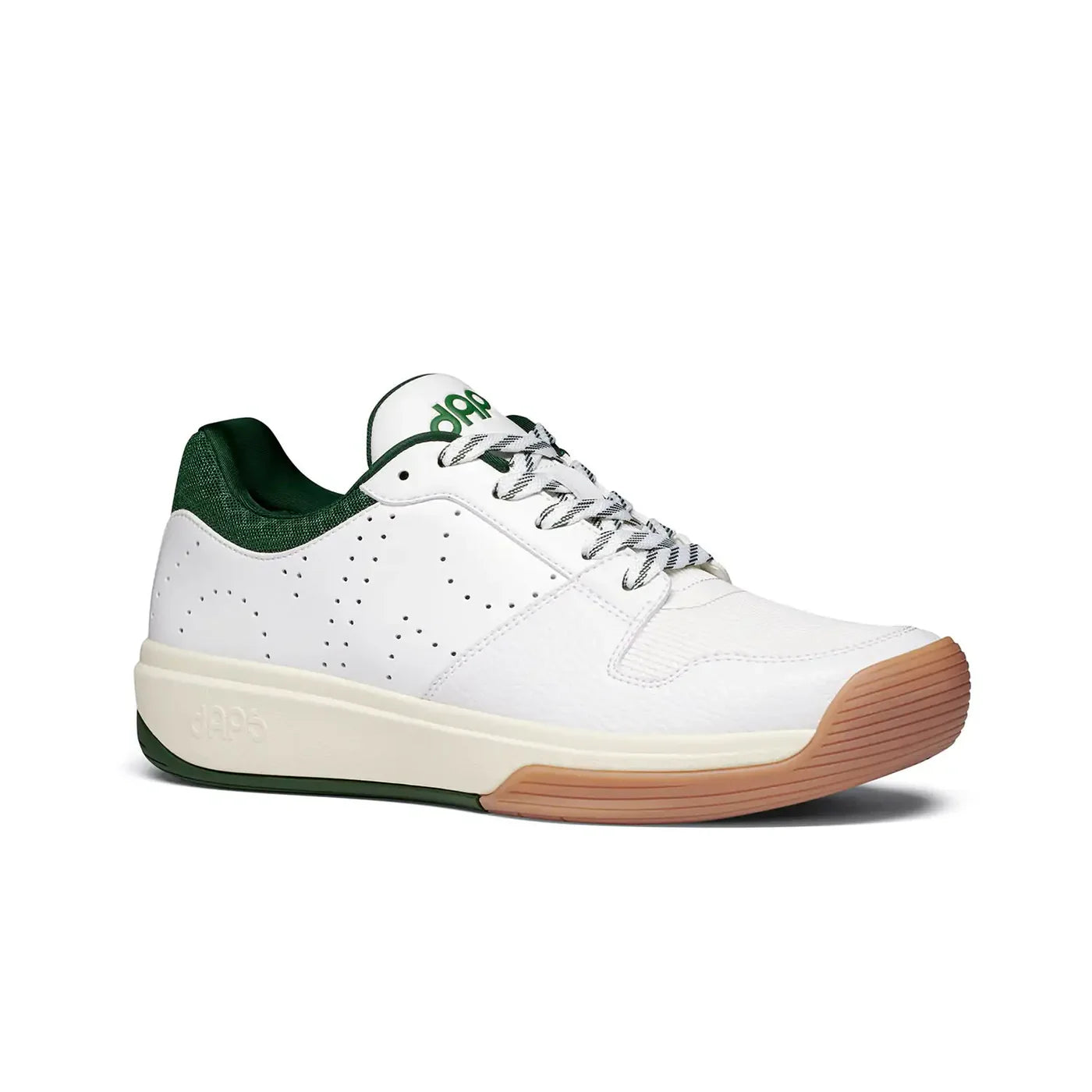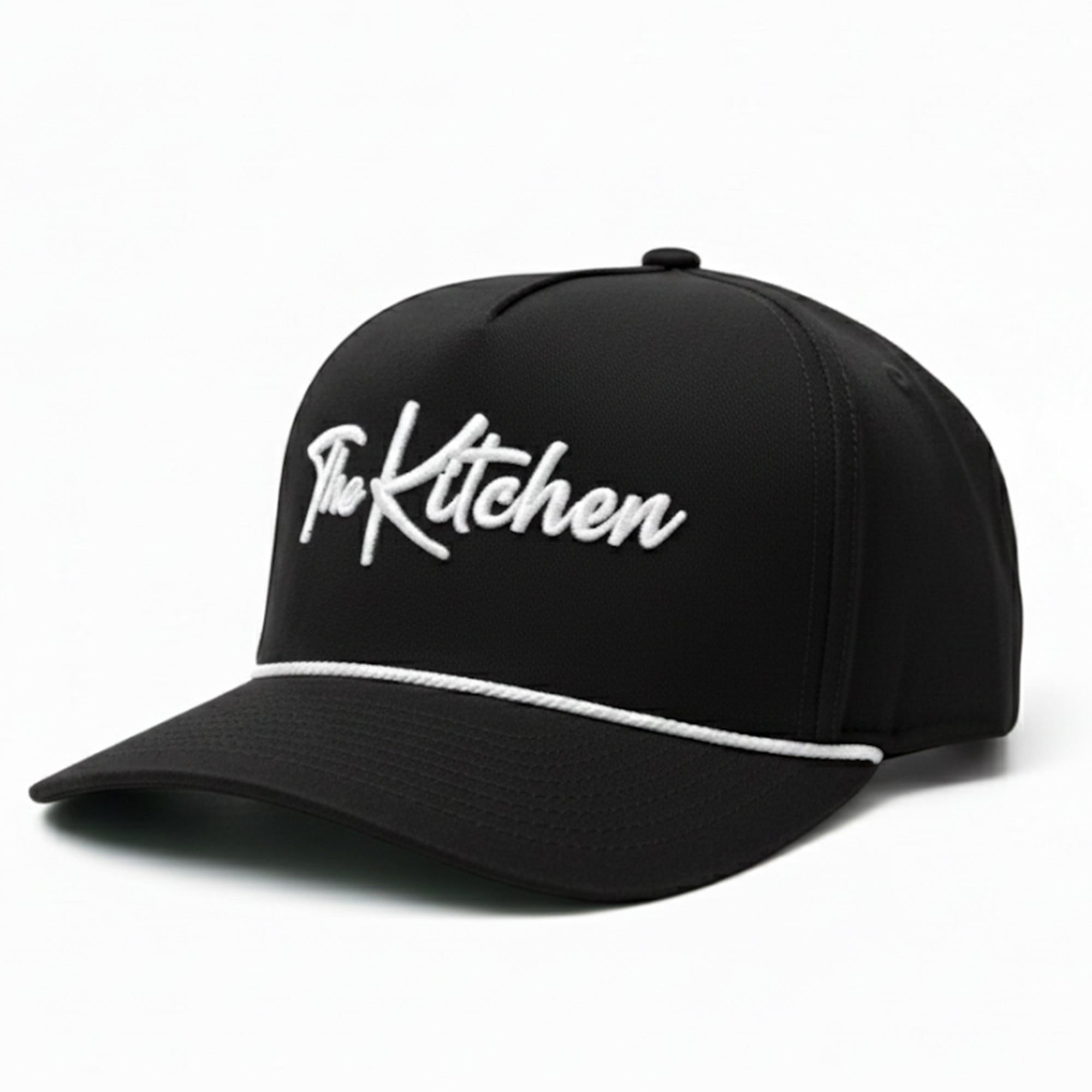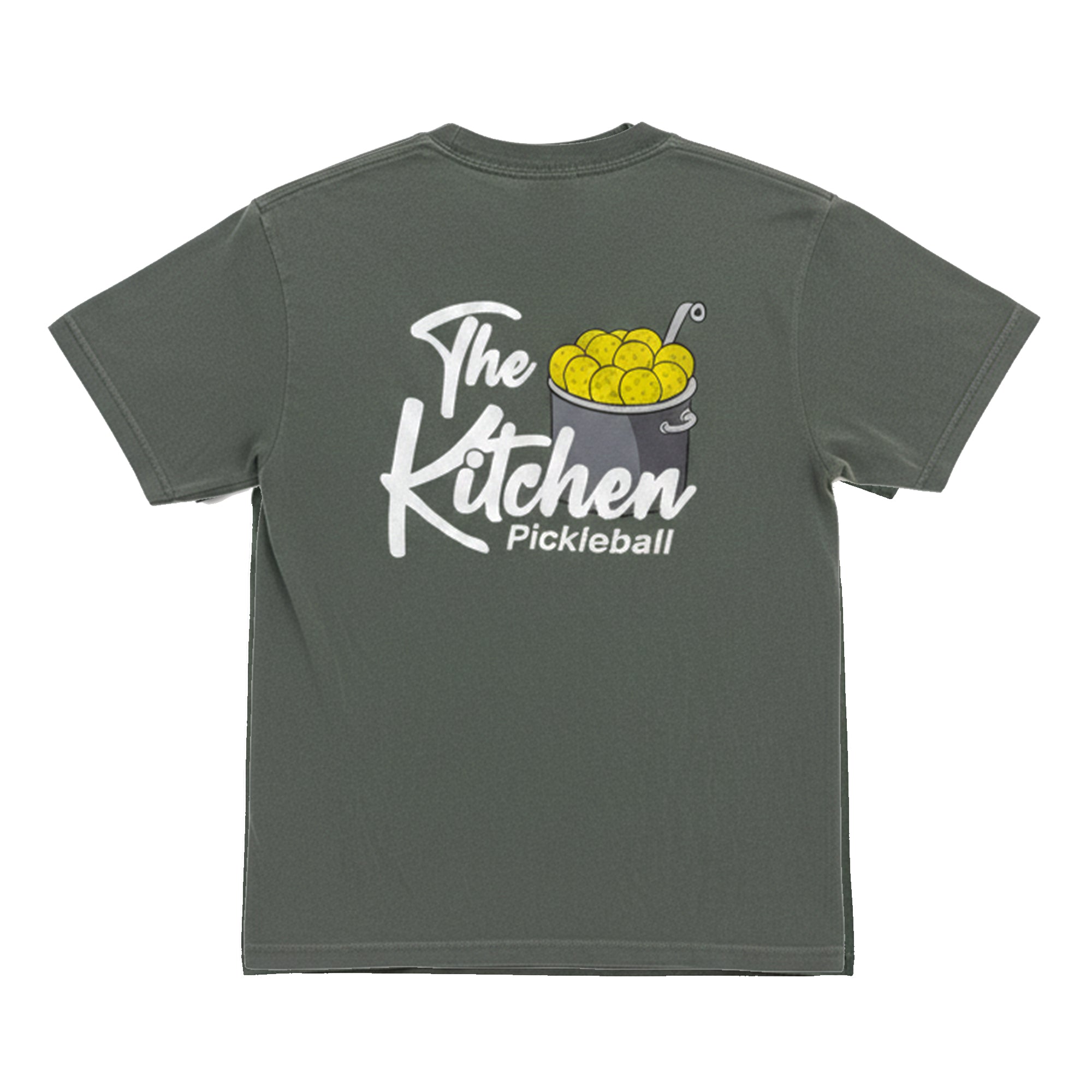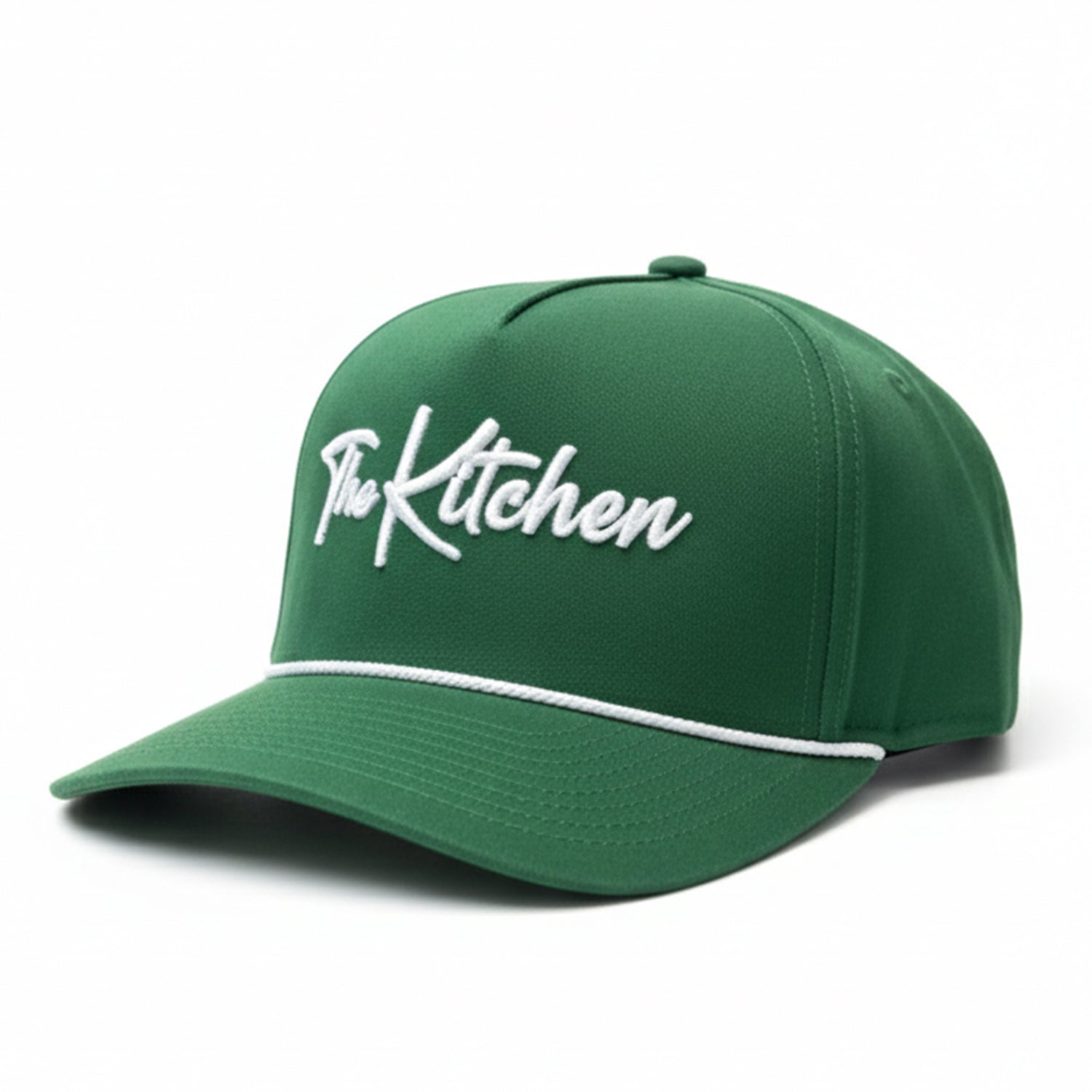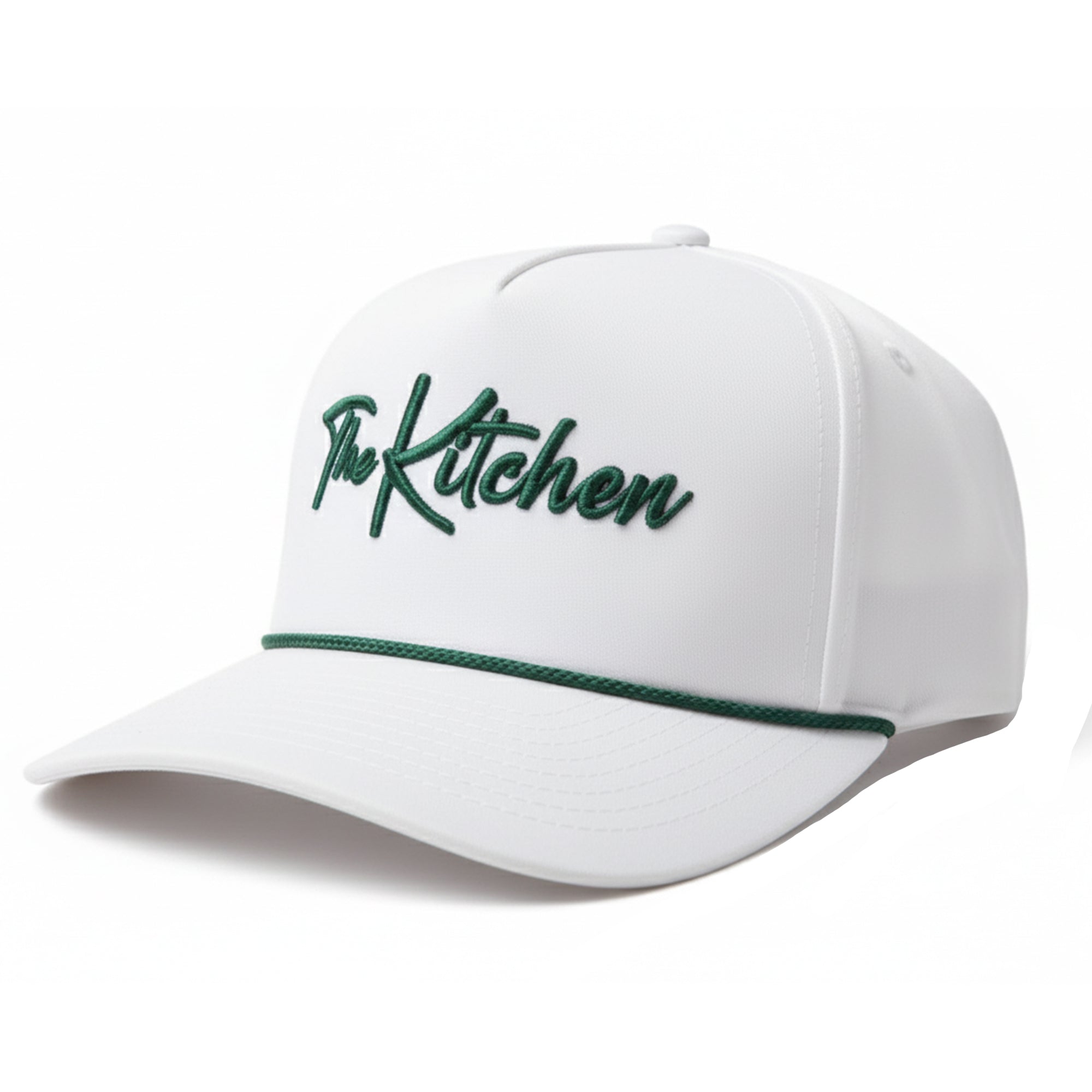Cheap pickleball courts are actually the most expensive. Here’s how to do it right.
Last Edited
Feb 03 2025
Category
Gear
Picklebal courts are popping up everywhere—backyards, parks, private clubs. But here’s the problem: not all of these courts are built correctly.
With demand skyrocketing, general contractors and ambitious DIYers are stepping into the court-building game, often without the required specialized knowledge to build a lasting, high performing court surface.
The result? Costly disasters that could’ve been avoided.
Uneven playing surfaces, poor drainage, botched surfacing—these mistakes don’t just ruin the aesthetics; they ruin the game.
CourTex, a specialized contractor with over 20 years of experience in building high-quality pickleball courts, has seen it all. More importantly, they’ve fixed those mistakes.
If you’re thinking about building a court, keep reading—this could save you tens of thousands of dollars in avoidable errors.

The rise of DIY pickleball courts
Brent, a veteran at CourTex, has watched the industry shift.
"Ten years ago, if you wanted a court, you called a specialist. Now, people think they can figure it out on YouTube."
The surge in pickleball’s popularity has convinced many that building a court is no different than laying a driveway or putting up a basketball hoop. It’s not.
Related: How much do pickleball courts cost? A complete breakdown
Court construction is a specialized skill. Slope, surfacing, moisture barriers—these details make or break a court. The difference between a professionally built court and an amateur one isn’t just aesthetic; it’s about playability and longevity.
The biggest mistakes builders make
1. The $50,000 concrete disaster
One homeowner trusted an inexperienced contractor to pour their court’s concrete base. This $30,000 slab committed three cardinal sins:
- No slope for drainage – Water pooled immediately after the first rainstorm.
- A smooth surface instead of textured – The ball skidded unpredictably.
- No moisture barrier – Cracks and stains appeared within weeks.
Within one season, the court looked like it had aged 20 years. Fixing it cost an additional $20,000 just to resurface and correct the mistakes.
Lesson: The foundation is everything. A general contractor may know concrete, but if they don’t understand court-specific requirements, you’ll pay for it twice.
2. The DIY Trap: Surfacing Gone Wrong
Some homeowners assume that watching a few YouTube tutorials is enough to tackle court surfacing, much like a weekend drywall project. Big mistake.
Unlike painting a wall, court surfacing requires precision layering, specialized materials, and perfect consistency.
DIY errors lead to:
- Uneven texture that affects ball bounce.
- Improper coatings that peel, fade, or create slick spots.
- Visible brush strokes and roller marks that scream “amateur job.”
You may save money upfront, but when you realize the surface doesn’t play right, you’ll end up calling a professional anyway.
Lesson: There’s a reason pros exist. Court surfacing isn’t a DIY project.
3. Ignoring Specialist Skills
Even experienced court builders know their limits. Brent at CourTex? He’s been in the game for decades, but even he doesn’t paint his own courts.
"I’ve been building courts for years, but I leave painting to specialists. It’s an art. It’s not worth cutting corners."
Building a quality pickleball court takes a team of specialists—from concrete experts to surfacing pros to line painters.
Lesson: One person can’t do it all. Find a team that knows their roles.
Avoiding costly pickleball court building mistakes
Thinking about building your own court? Here’s how to get it right the first time.
1. Vet Your Contractor Like Your Game Depends on It (Because It Does)
- Choose a contractor with court-specific experience—not just a general builder.
- Ask for photos and references from past projects.
- If they’ve never built a pickleball court before? Move on.
2. Communication is Everything
- A proper court needs precise drainage, surfacing, and painting.
- Make sure your contractor understands pickleball-specific needs, not just general sports courts.
3. Don't Skimp on the Details
- Cutting corners to save money today will cost you big tomorrow.
- Site prep, materials, and professional surfacing all matter.
The Bottom Line: Build it right or pay for it twice.
When it comes to pickleball courts, cheap and fast usually means expensive and frustrating in the long run.

Top 10 tips for building a pickleball court
- Check local permitting rules – Avoid legal headaches.
- HOA approval matters – Some have strict rules on courts.
- Hire a specialist – Court builders know more than landscapers or pool contractors.
- Quality matters – Decide your budget, but know that cheap work costs more long-term.
- Research, research, research – Talk to others who’ve built courts and learn from their experiences.
- Bigger is better – More playing space = better gameplay.
- Think beyond the court – Drainage, landscaping, shade, and seating all matter.
- Orientation matters – Sun positioning can affect play.
- Plan for spectators – Pickleball is social; give people a place to watch and relax.
- Be cautious of “new” products – If you haven’t played on it, don’t assume it’s good.
Want a court built to last? CourTex does it right the first time. With over 20 years of experience, they:
✅ Build courts correctly from the start
✅ Work with specialized experts at every stage
✅ Ensure every detail meets professional standards








